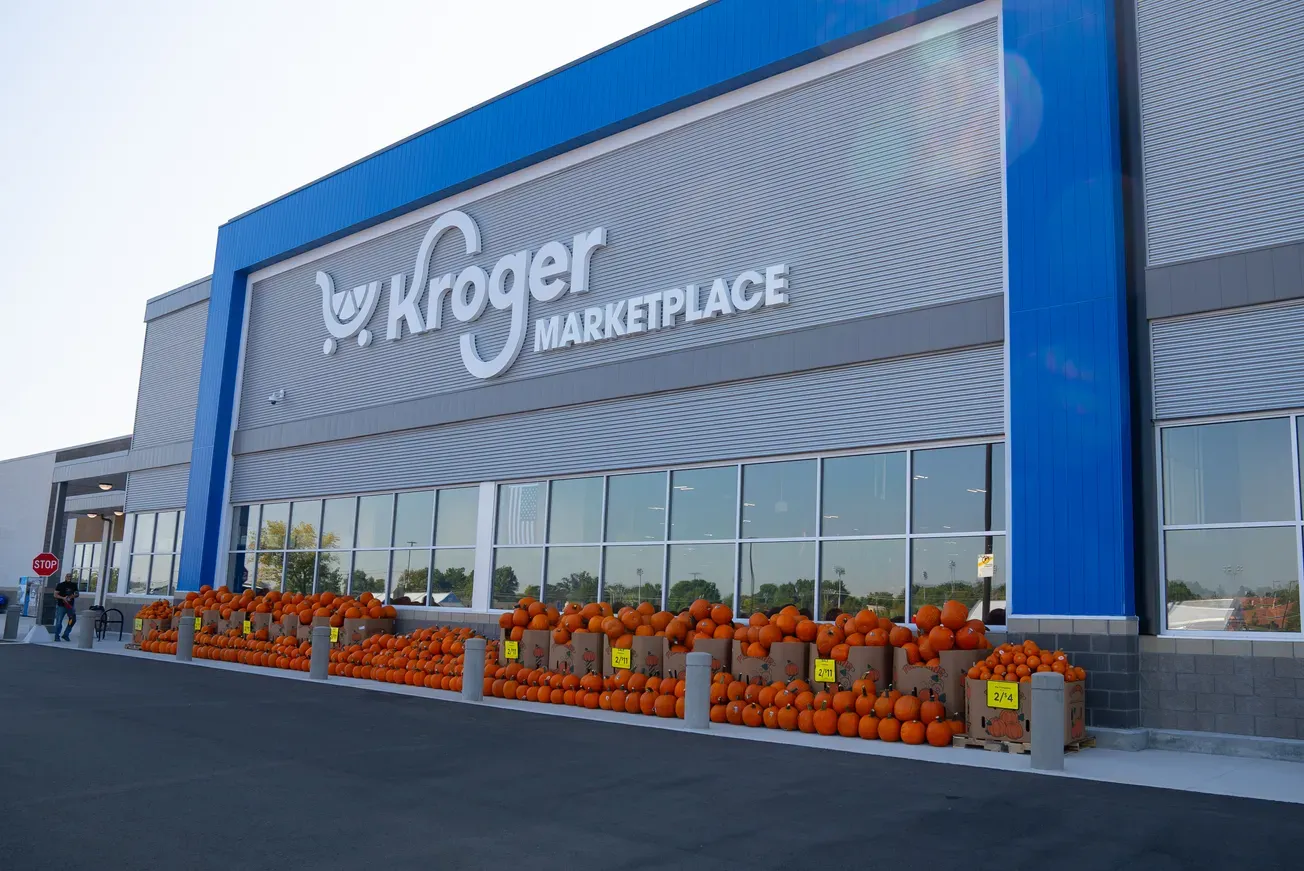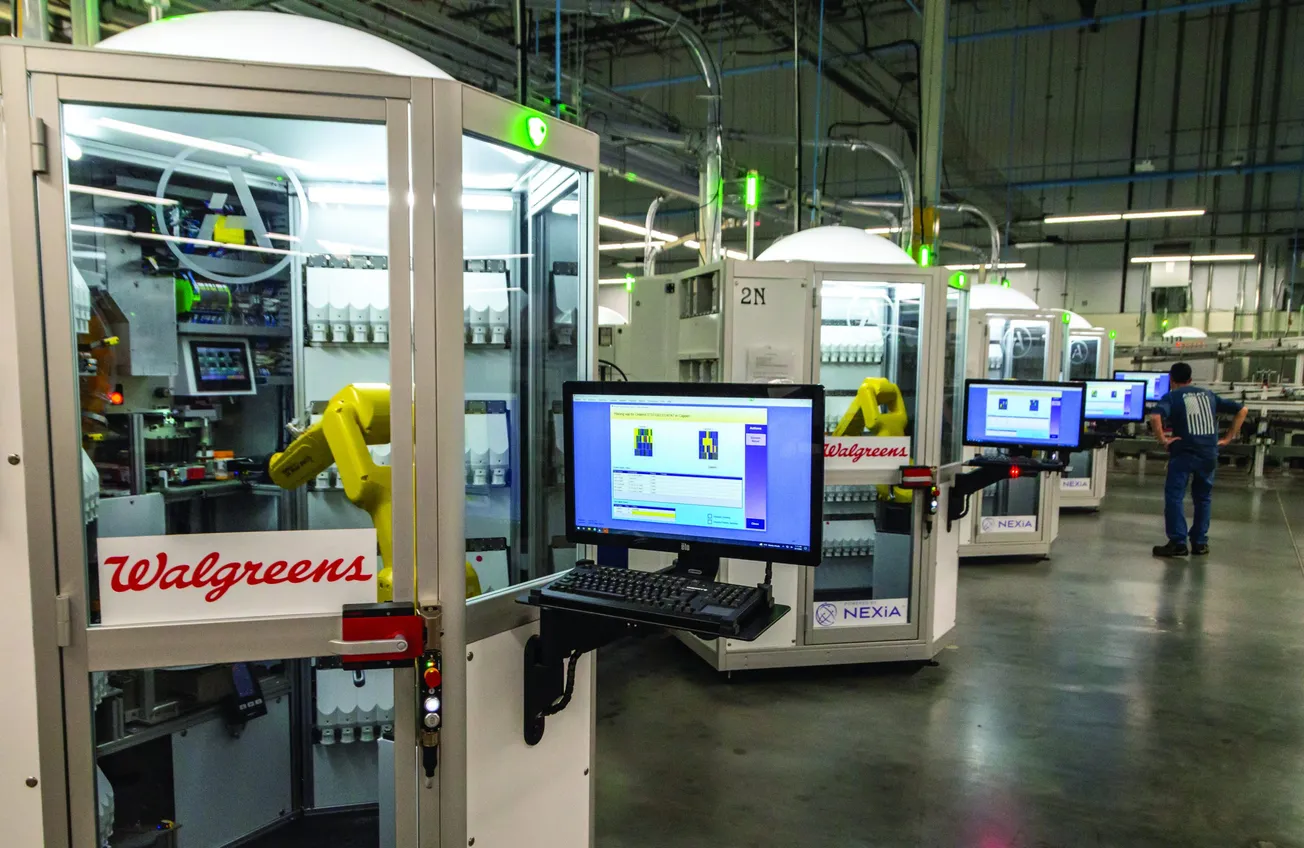NEW YORK — Higher prices continue to have an impact on retail. Retailers continue to face challenges optimizing pricing. Passing on higher labor and supply chain costs to consumers could result in people hitting pause on buying, but not doing so can cut into profits.

Four out of five consumers remain conscious of changes in pricing in retail, according to a February 12 survey by Coresight Research. To cope with higher prices the most common strategies consumers shopping for groceries are using are continuing to seek out coupons, switching to cheaper brands, and buying fewer items in grocery. Consumers buying non-grocery items are buying less and also seeking out coupons/discounts.
To ensure profitability in a volatile macroeconomic and geopolitical environment, retailers need to have a dynamic pricing strategy in place that accounts for shifting shopper needs—and that can be only achieved by leveraging advanced technologies such as artificial intelligence (AI) to their fullest.
In this report, Coresight explores challenges in price setting and discuss how retailers can take a stable and robust approach to pricing, providing a blueprint for retailers to win customers and sales with effective pricing strategies. Discover key steps to incorporating an AI-based retail pricing solution and explore the huge benefits of AI-based dynamic pricing.
This report is produced and made available to non-subscribers of Coresight Research in partnership with RELEX, a provider of unified supply chain and retail planning solutions.
Data in this research report include:
- Global pricing optimization software market size and growth projections
- Proprietary survey findings on the integration level of merchandising functions among US retailers
Other relevant research:
- All their coverage of emerging technology and retail management
- More Innovator Research from Coresight Research
- Visit the Coresight Research Retail Technology Hub to explore reports, data and competitive landscapes on technology.








